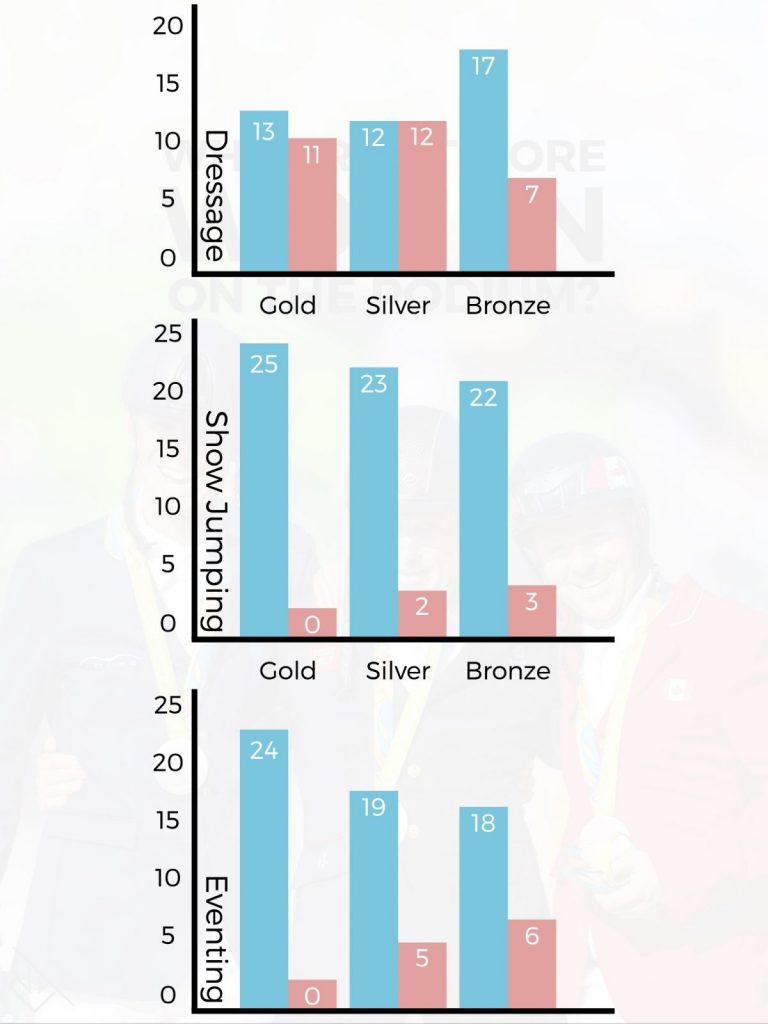[quote=“Impractical_Horsewoman, post:191, topic:779608, full:true”]…
In eventing, as a side note, in the UK and Commonwealth nations there is much more access to government financial support and that may be why you see so many women succeeding in that arena.
[/quote]
Because I’m always good for a tangent, in the UK there is National Lottery Funding, not really Government money, but it is available only to elite riders. Funding is competitive between sports and within a sport and it depends on evident success. The UK Government really doesn’t have any interest in the Equestrian Industry, unlike in Eire. In other parts of Europe there is more Government funding, directly from the State in France, using a betting monopoly to obtain the money, in Italy top riders are often part of the military, etc. The world as a whole is not so different from the USA in that participation in equestrian sport is expensive and it is difficult for professionals to make a living. What is different in Europe, perhaps, is that horses are more “every day” and are certainly not as inherently expensive.
Horse culture in the UK is now substantially female. The Pony Club is predominantly girls and branches work hard to attract and retain boys. Riding schools are full of small girls trotting around the arena. Even professional grooms are now predominantly women. But for all horse owners there are multiple activities available, often with the same horse, that are attractive to both sexes. Eventing and showjumping, both Olympic disciplines, have nearly equal numbers of women and men competing, dressage far fewer men. Having said that, the proportion of men increases as the competition levels go up, so maybe there is something in the self-selection bias of sticking with something one’s good at, winning rather than taking part. In foxhunting, the proportion of women to men tends to vary according to day of the week. Polo, team chasing, point to point, racing all probably have more men than women engaged. Professional women jockeys are a fairly new thing and it took many years to break down the bias of the Owners against them, more than the Trainers.
Margaret Hough was the first woman to win Badminton Horse Trials in 1954. That was the first year that women were permitted to take part in such a “dangerous” sport, just emerging from it’s military roots.
Pat Smythe was the first woman to win an Olympic Showjumping medal in 1956, the first year that women were allowed to compete. Previous years she had to hand over her horse for a man to ride in the team. When competing with huge success in the 1950s across Europe, beaten male riders were likely to run to the Show Secretary and demand that the rules be changed to stop a woman from taking part.
I believe The Cresta Run in St Moritz originally banned women from running on grounds of risk, but really because women beat the men too often. Today women have to sign a waiver that includes a confirmation that they are not pregnant before they run.
Times change, social biases shift.

 that person gave me this reply, which was completely untrue:
that person gave me this reply, which was completely untrue: